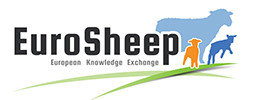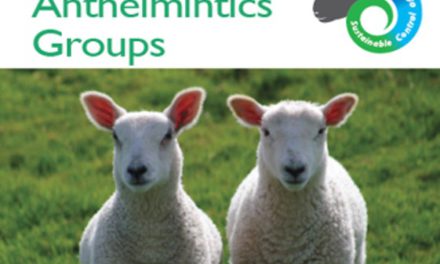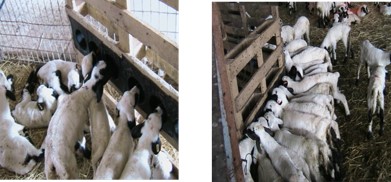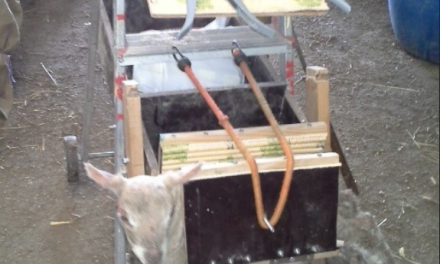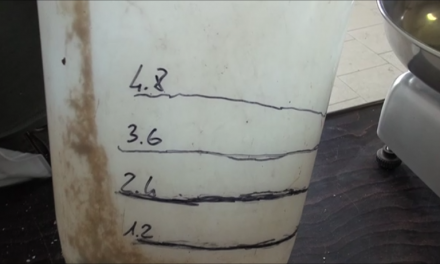This post is also available in:
![]()
![]()
![]()
![]()
![]()
![]()
Controlling External Parasites
Solution name: Controlling external parasites
Aim: To present best practise for controlling external parasites
Description:
The main external parasites are
- flystrike
- ticks
- lice (biting and sucking)
- scab
External parasites can have negative impact on
- animal – health, welfare and performance
- labour requirement
- overall profit on a sheep enterprise
How to implement:
- Good farm biosecurity is key for controlling lice and scab
- Keep sheep clean by crutching when necessary
- Chemical treatments can be administered via plunge dipping or pour-ons
- Pour-ons have become popular due to their ease of application and being less labour intense than plunge dipping
Plunge dipping to be effective requires:
- correct dilution and replenishing of dip
- immerse sheep for at least 60 seconds
- submerge the head twice
- use personal protection equipment (PPE) and in well ventilated area
Key messages for using pour-ons:
- apply in dry weather (i.e. dry fleece)
- apply to clean wool – crutch excessively dirty sheep
- treat lambs early before fly strike is anticipated as some products only prevent flystike (insect growth regulators)
- be aware of the withdrawal period when selecting treatment
- use correct nozzle (different for ticks and blowfly) for even distribution of treatment on the animal’s fleece
Topic: Health
Production: Dairy / Meat
Animal Category: Adult / Lamb / Replacement
Issue: External Parasites
Level of Solution: Knowledge, Practical
Country: Ireland
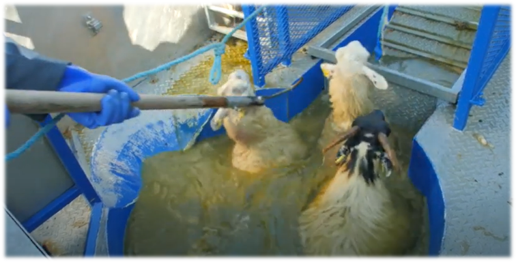
Expected benefits
Expected benefits:
- No reduction in animal performance or welfare
- Reduced costs for animal remedies
Prerequisites and/or limits (knowledge, training, capabilities, cost, management, facilities, equipment, etc.)
- For plunge dipping, dipping facilities are required
Cost Benefit analysis
The control of external parasites reduces labour and veterinary/antibiotic costs from parasite damage, and improves animal welfare, performance and possibly lowers mortality rate.
Sustainability analysis
Controlling external parasites improves feed efficiency as the animals have an improved growth rate and are slaughtered earlier. There is a slight increase in effluent production and water use due to disposal of the dipping solution.
A reduction in external parasites improves animal welfare, creates a better work environment and reduces physical labour, all of which have a positive effect on farmer image.
